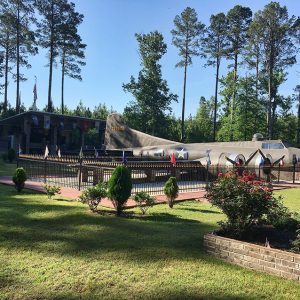 B-17 Memorial
B-17 Memorial
Entry Type: Thing - Starting with B
 B-17 Memorial
B-17 Memorial
 B-58
B-58
B. M. Runyan [Steamboat]
 B&N Railway
B&N Railway
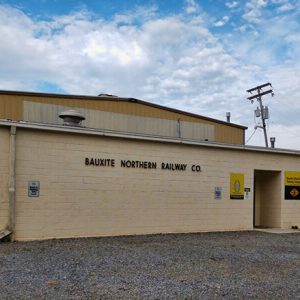 B&N Railway Depot
B&N Railway Depot
 B&N Railway Sign
B&N Railway Sign
Baby of Arts Degree
Bachman’s Warbler
aka: Vermivora bachmanii
 Bachman's Warbler
Bachman's Warbler
Back Yonder, An Ozark Chronicle
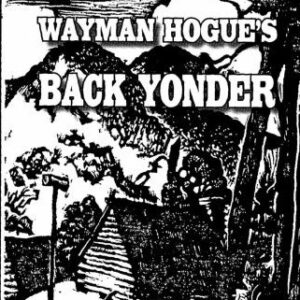 Back Yonder, An Ozark Chronicle
Back Yonder, An Ozark Chronicle
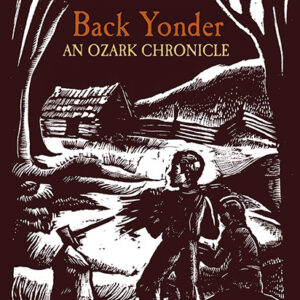 Back Yonder, An Ozark Chronicle
Back Yonder, An Ozark Chronicle
 Carl Bailey Sticker
Carl Bailey Sticker
 Carl Bailey Postcard
Carl Bailey Postcard
 Bailey’s Dairy Treat
Bailey’s Dairy Treat
Baitfish Industry
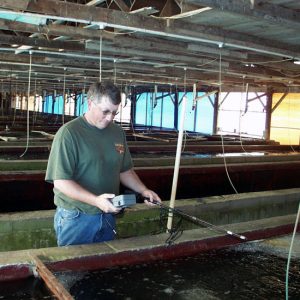 Baitfish Vat
Baitfish Vat
Baker House
 Bald Eagle
Bald Eagle
Banded Pygmy Sunfish
 Bandini Memorial
Bandini Memorial
Bank of Carthage
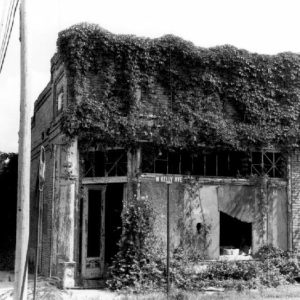 Bank of Carthage
Bank of Carthage
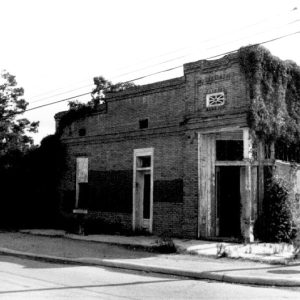 Bank of Carthage
Bank of Carthage
 Bank of Carthage
Bank of Carthage
Bank of Eureka Springs Museum
Bank of Malvern Building
Bank of Osceola
Bank OZK
Banking
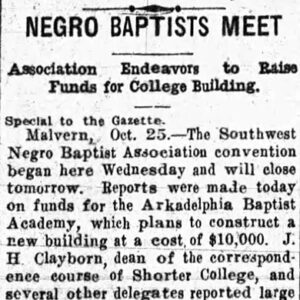 Baptist Academy Article
Baptist Academy Article
Baptist Health
Baptist Health College Little Rock
Baptist Health-Fort Smith
Barbecue
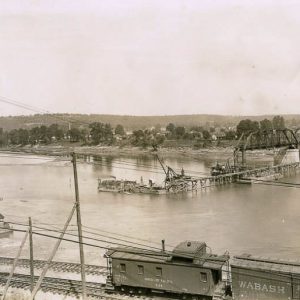 Baring Cross Bridge
Baring Cross Bridge
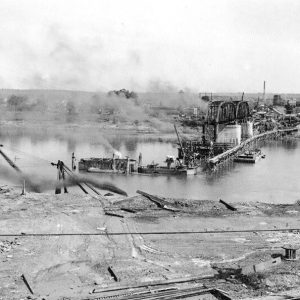 Baring Cross Bridge
Baring Cross Bridge
Baring Cross Bridge
 Baring Cross Bridge
Baring Cross Bridge
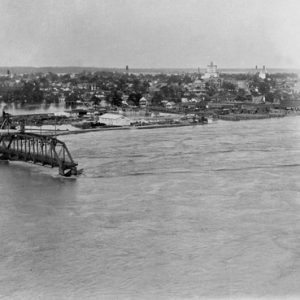 Baring Cross Bridge; 1927
Baring Cross Bridge; 1927
 Barkman House
Barkman House
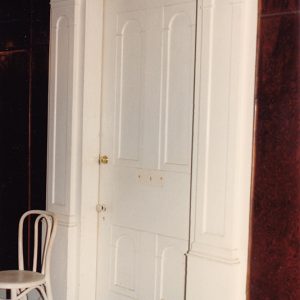 Barkman House Interior Door
Barkman House Interior Door
 Barkman House Staircase
Barkman House Staircase
 James E. M. Barkman House Exterior Door
James E. M. Barkman House Exterior Door
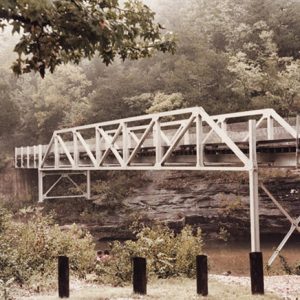 Barkshed Bridge
Barkshed Bridge
Barlow Hotel
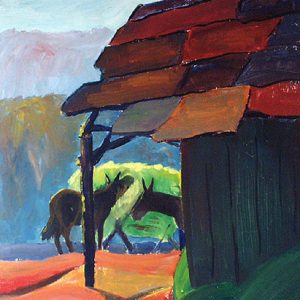 Barn with Mules by Howard S. Stern
Barn with Mules by Howard S. Stern




